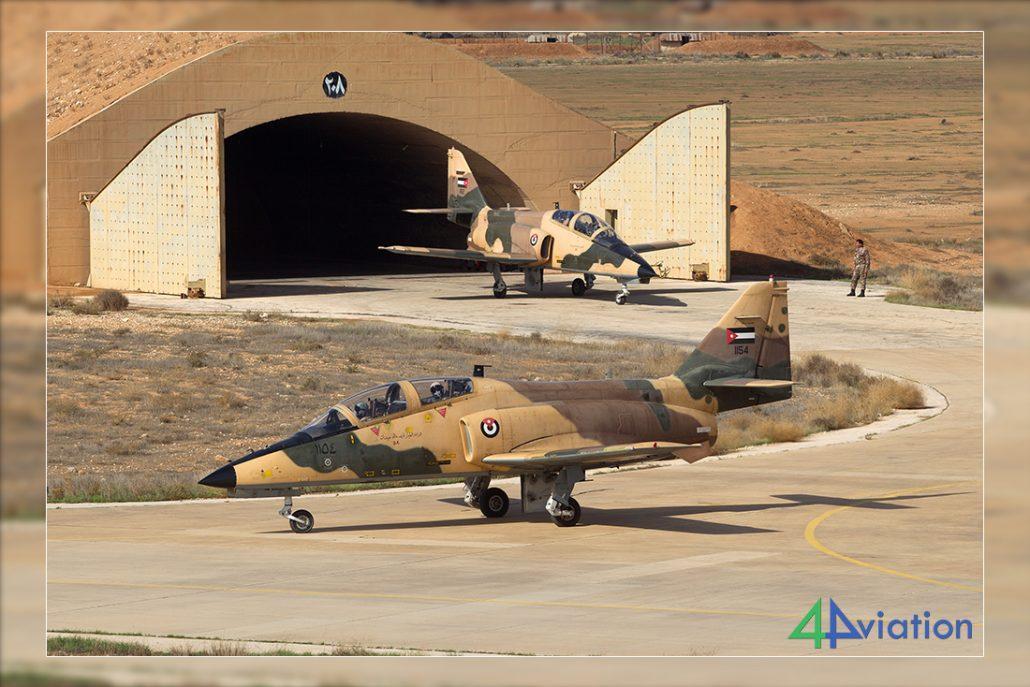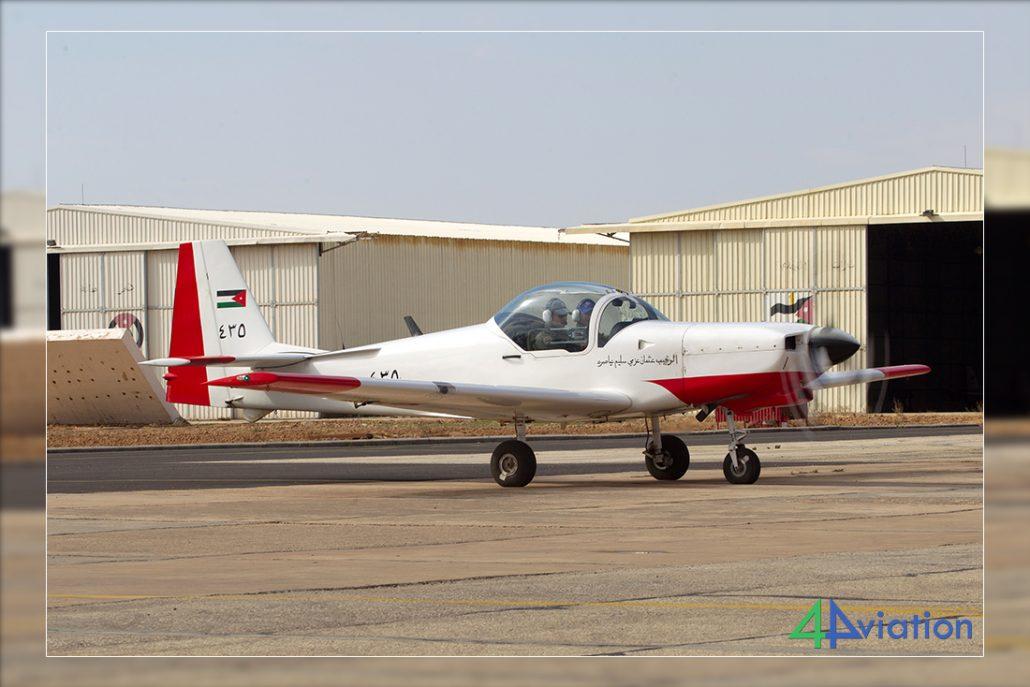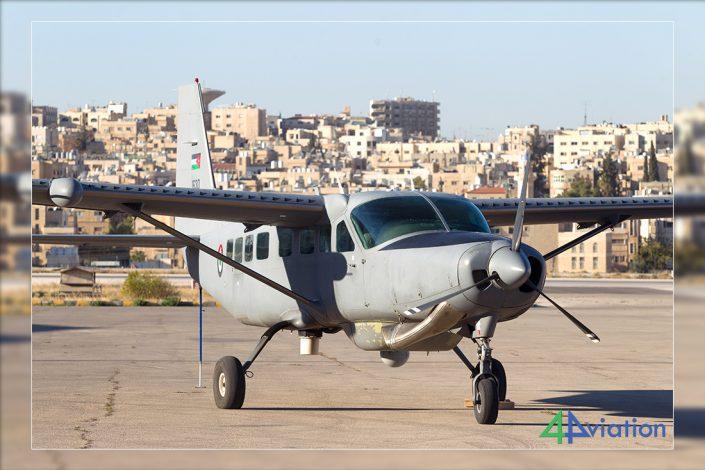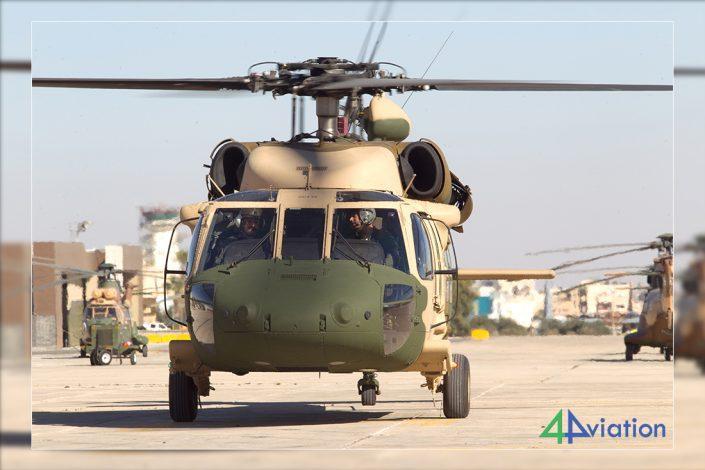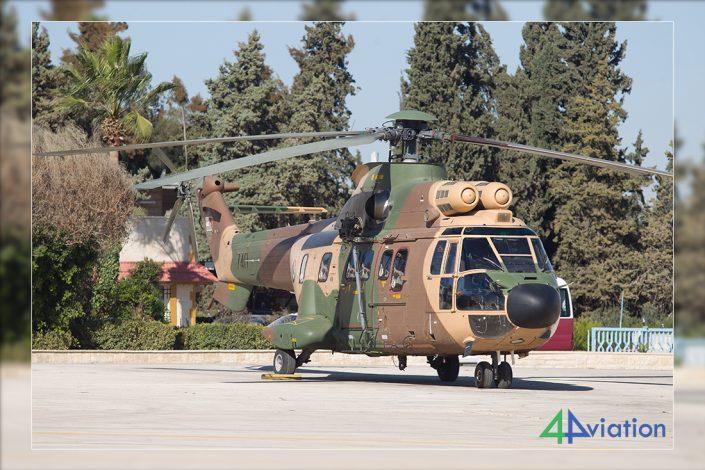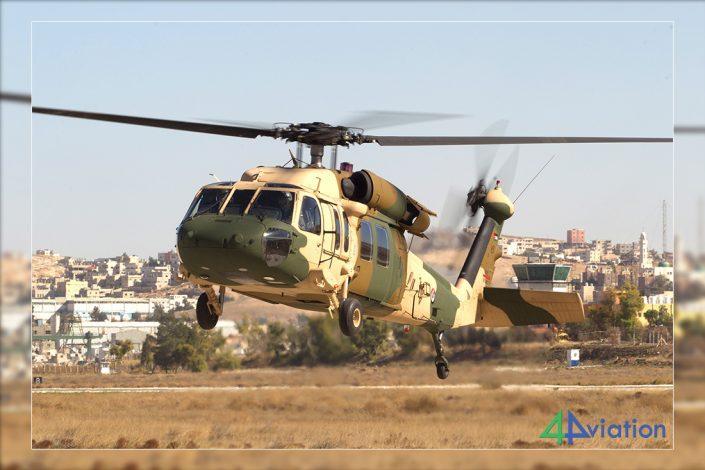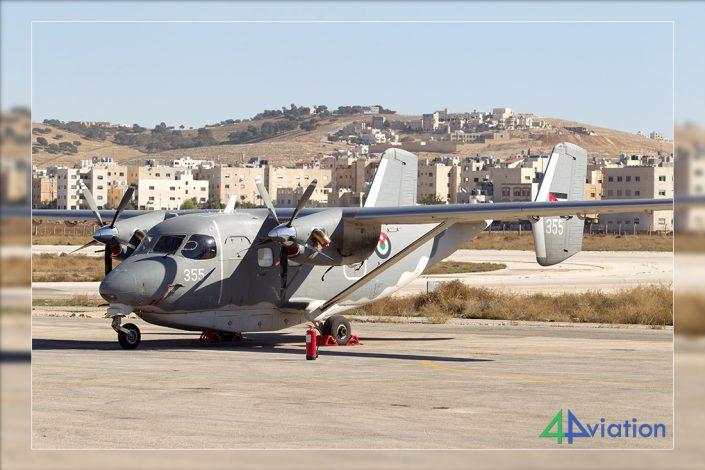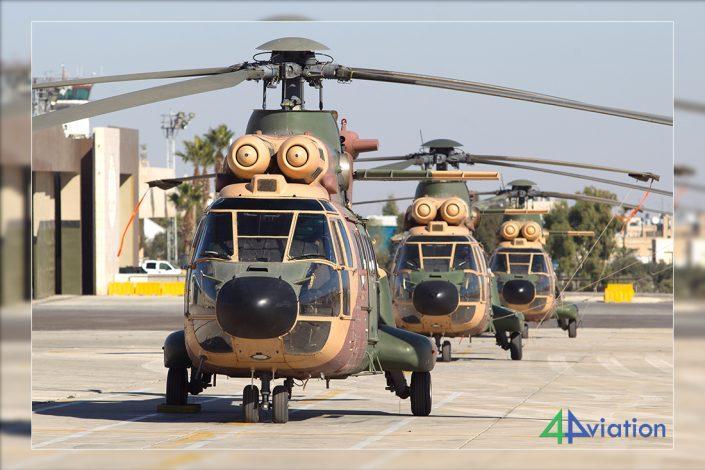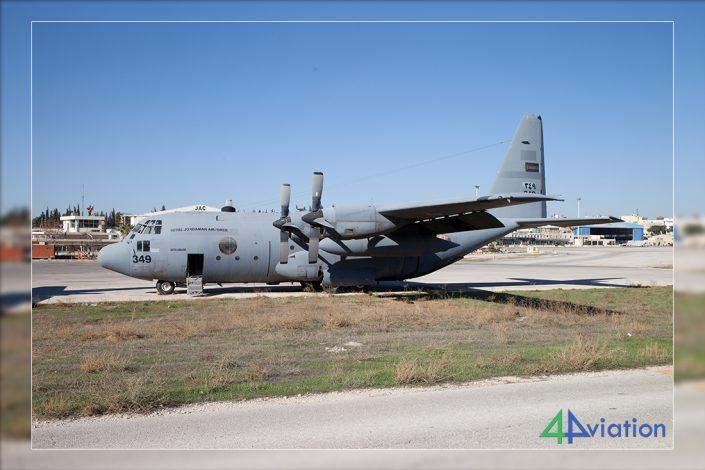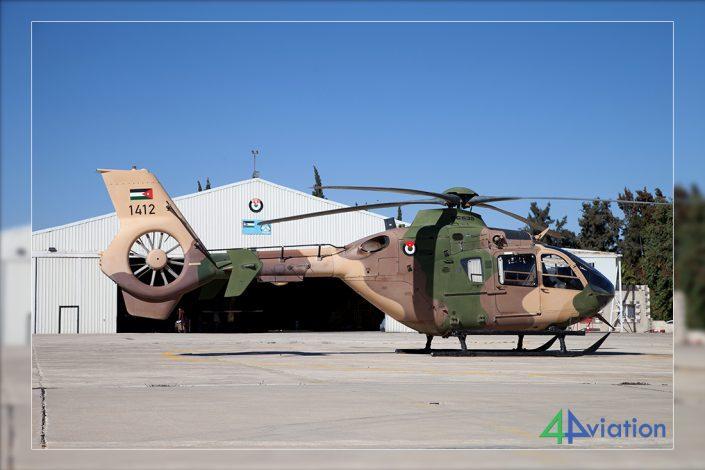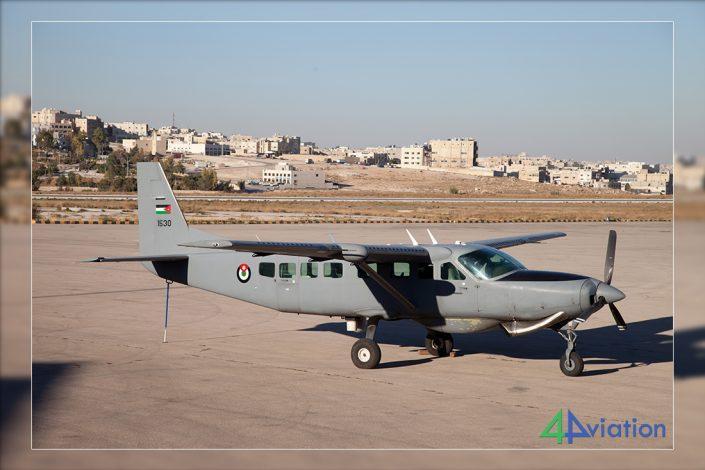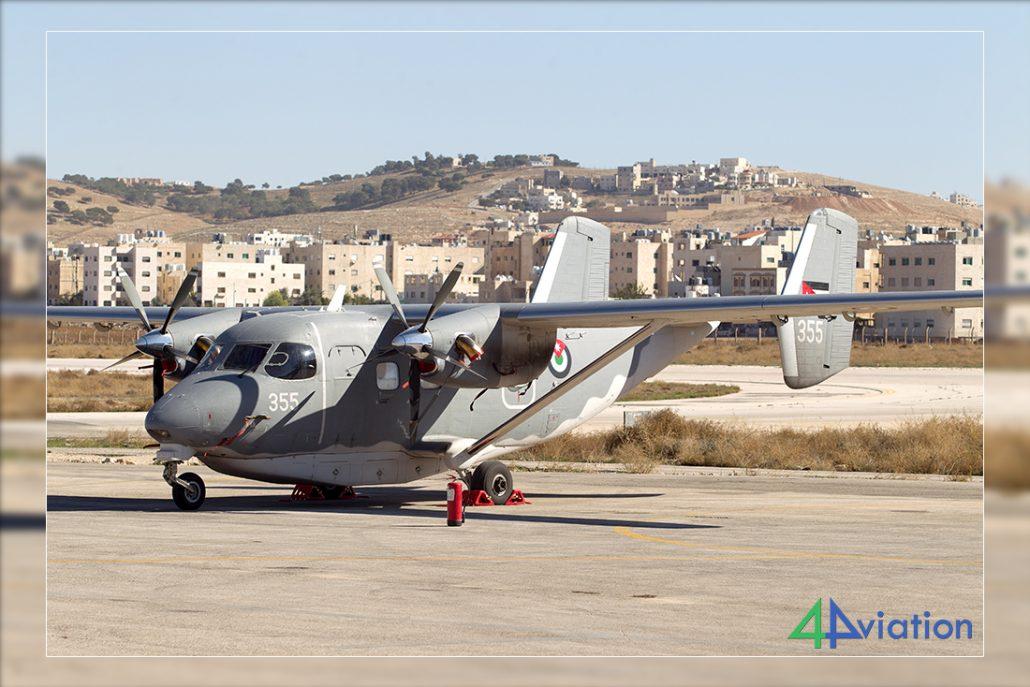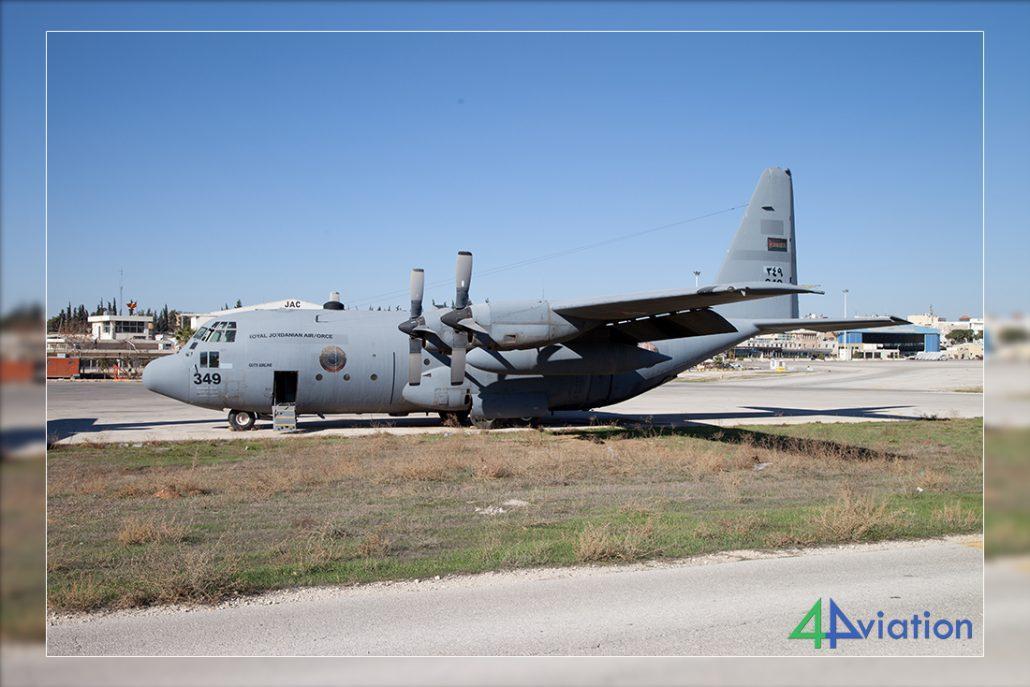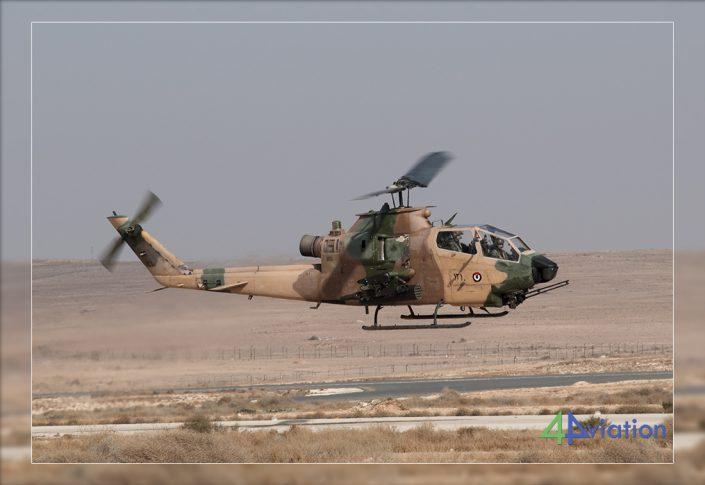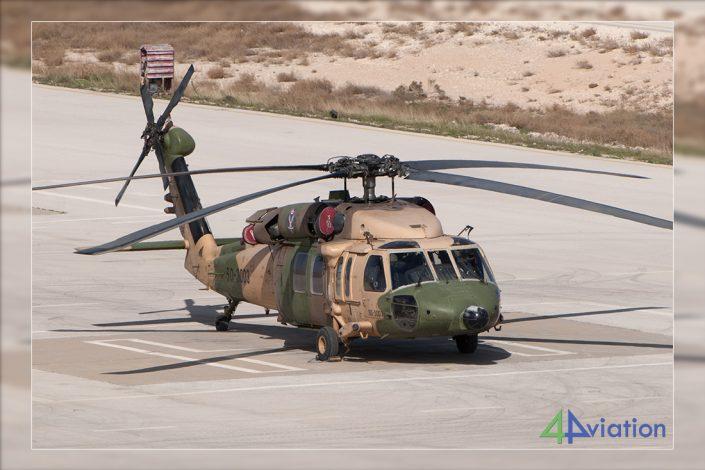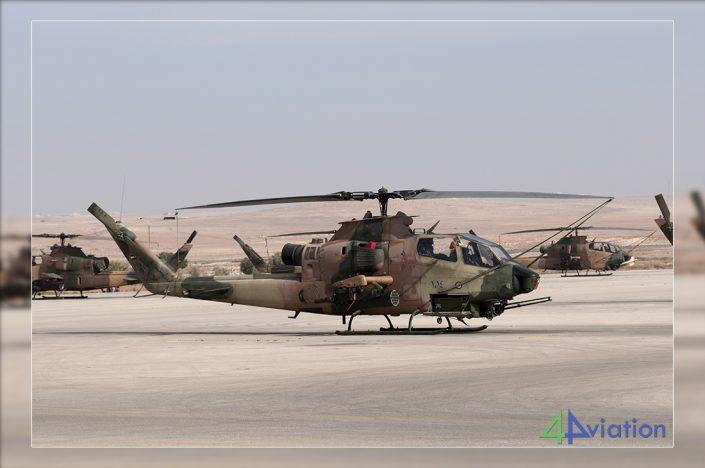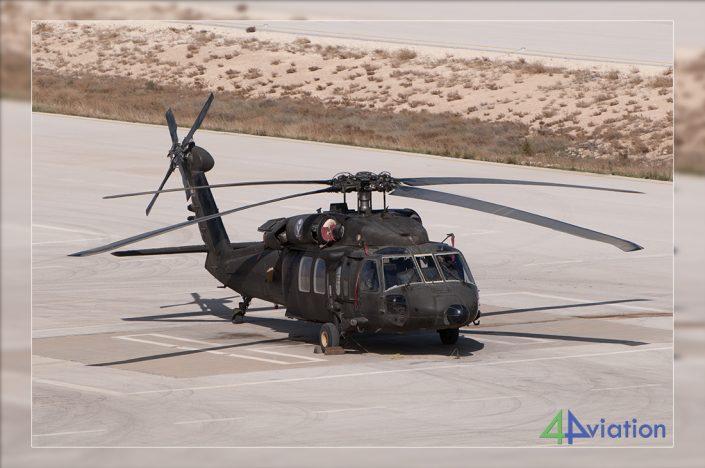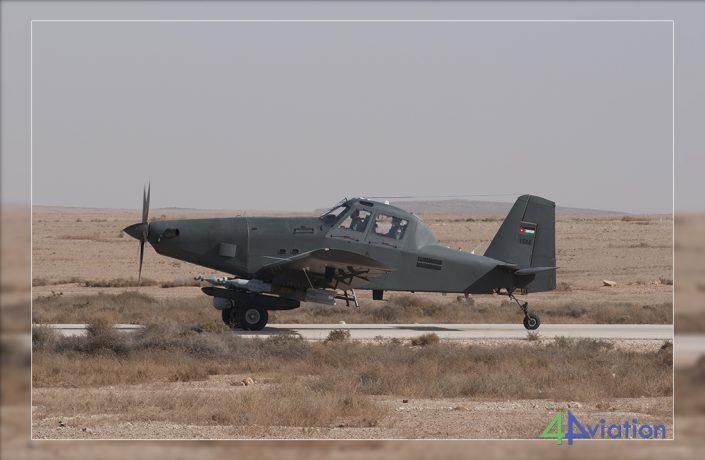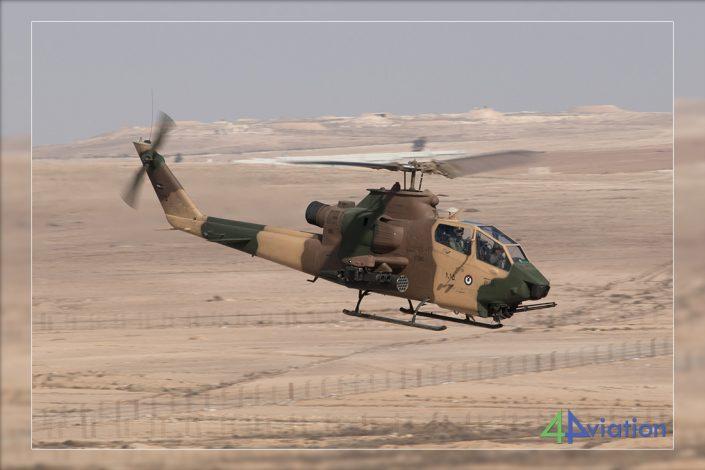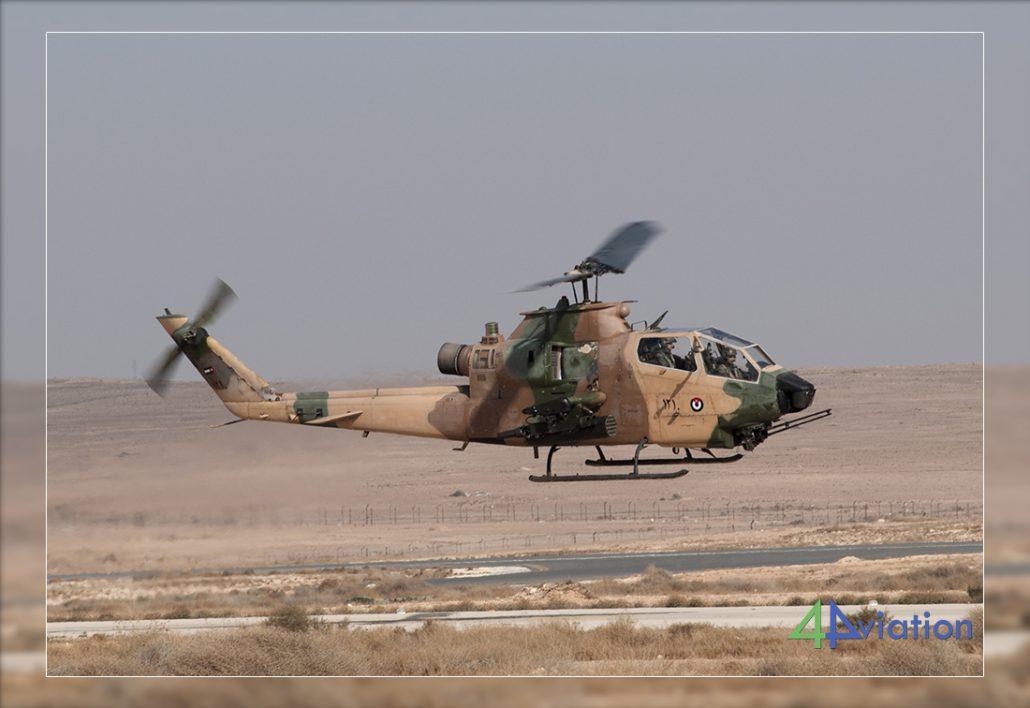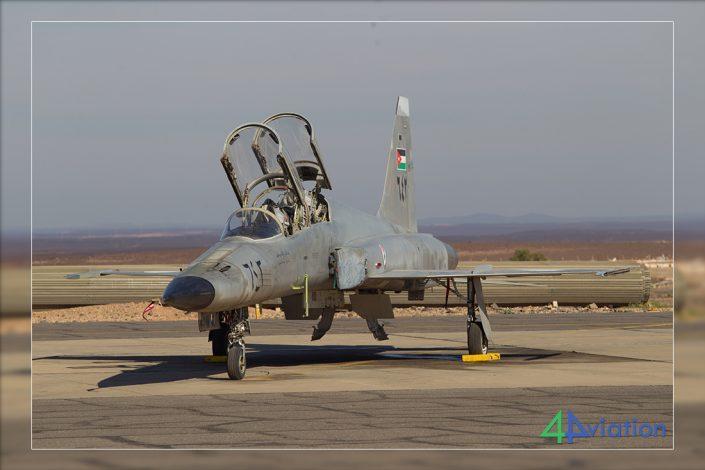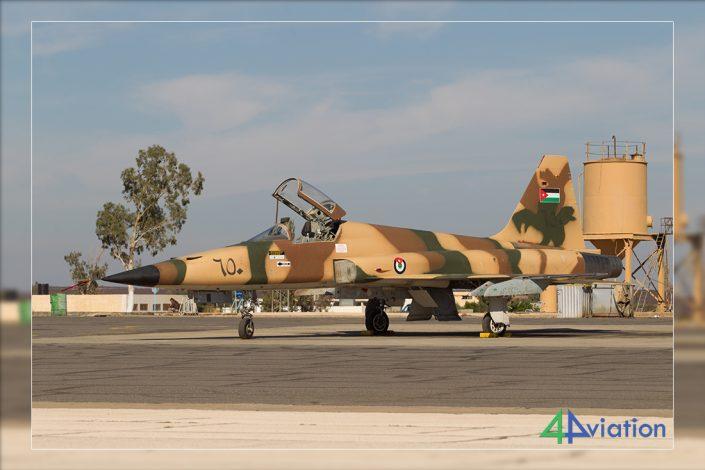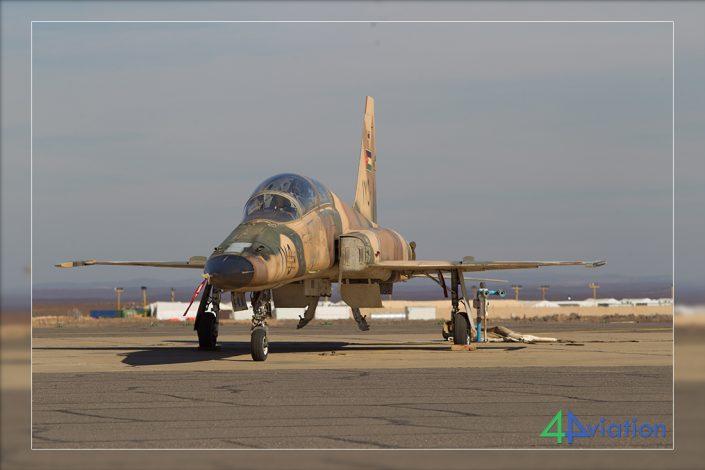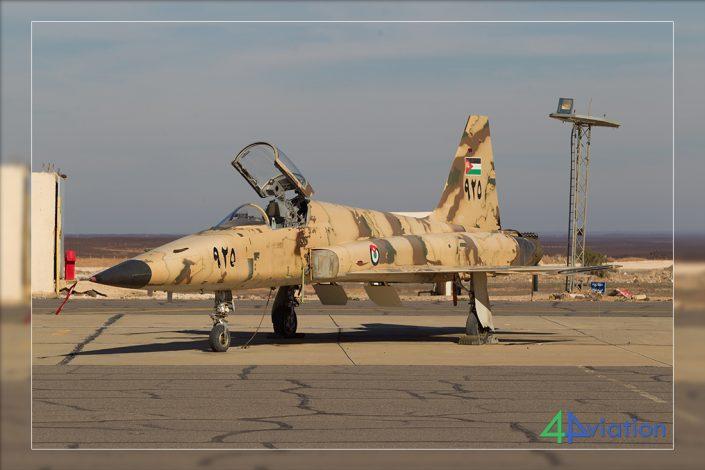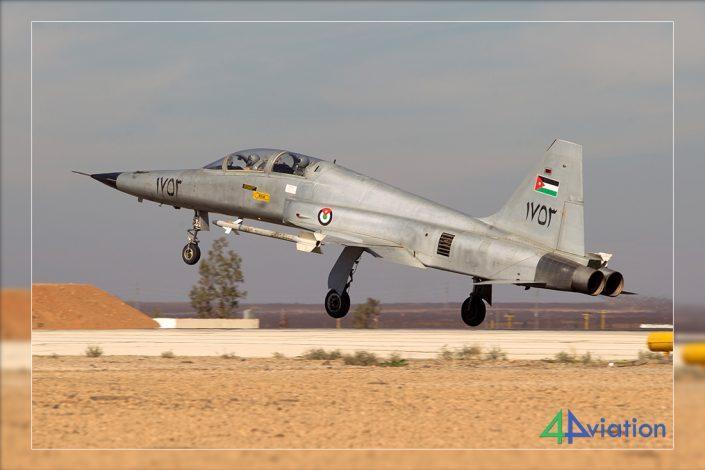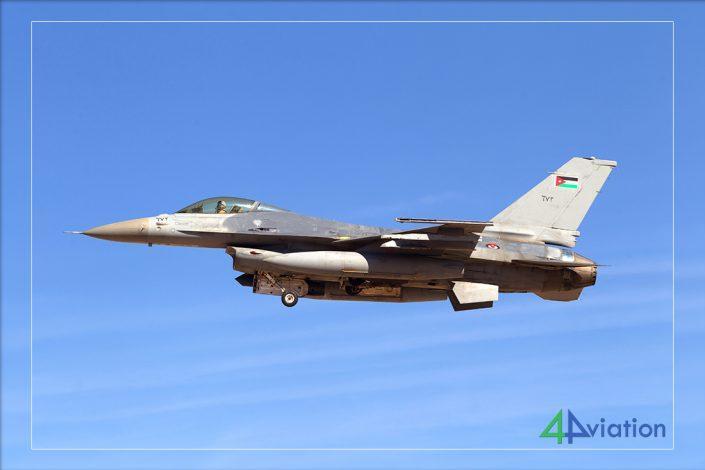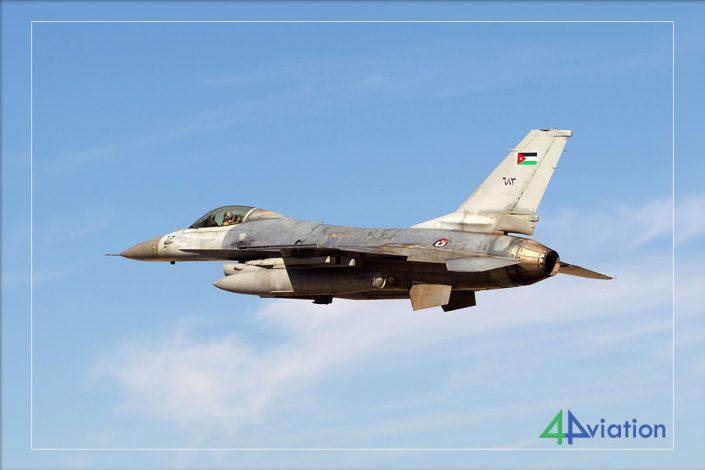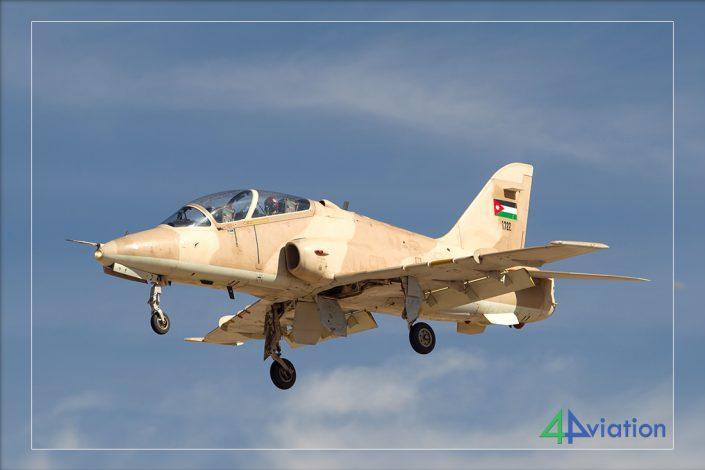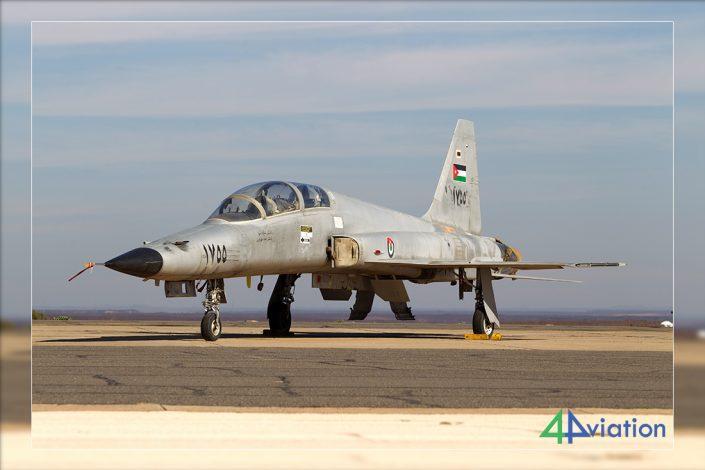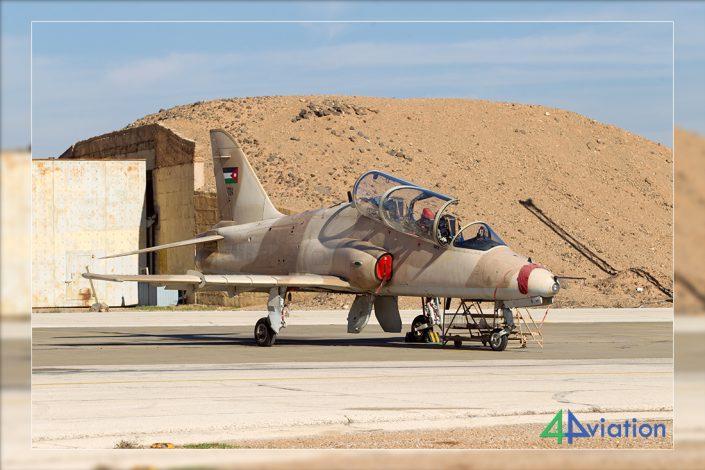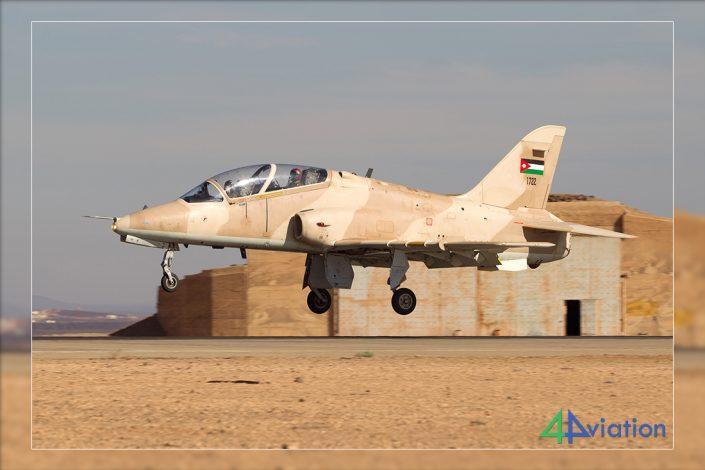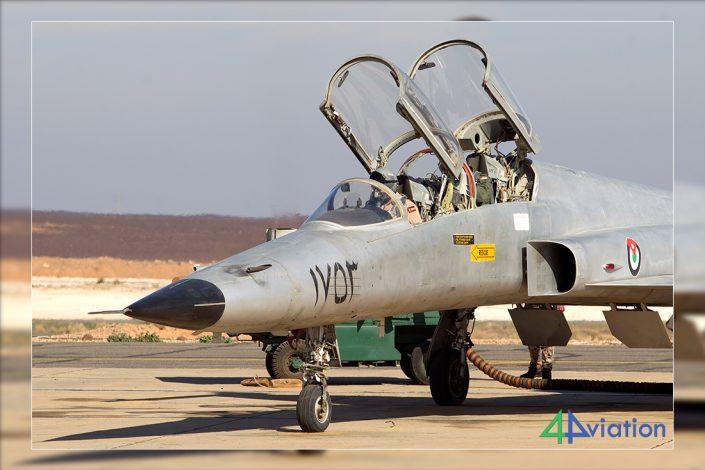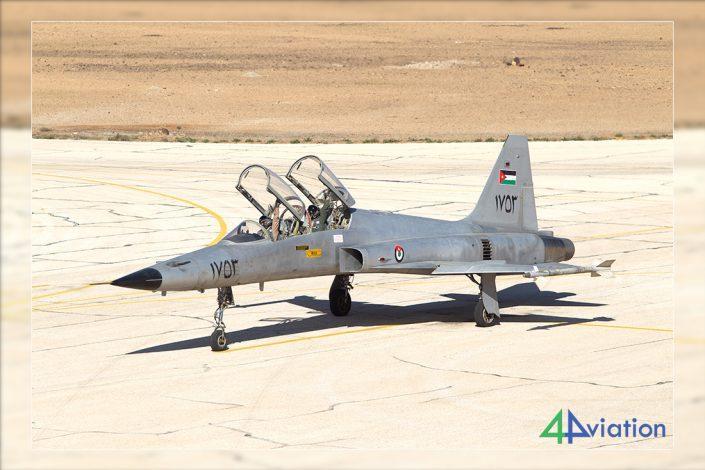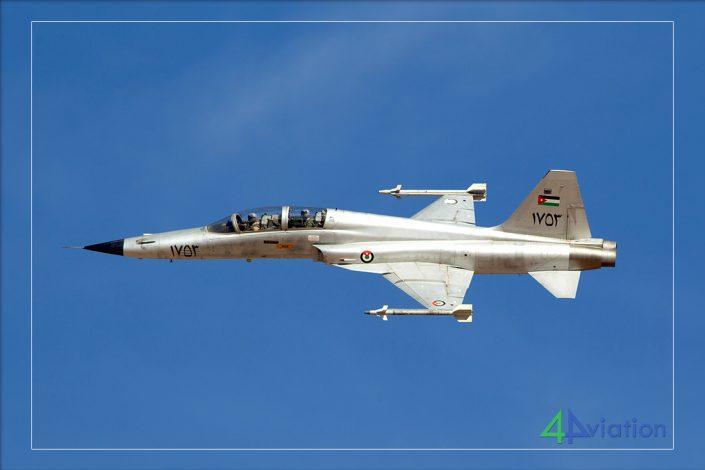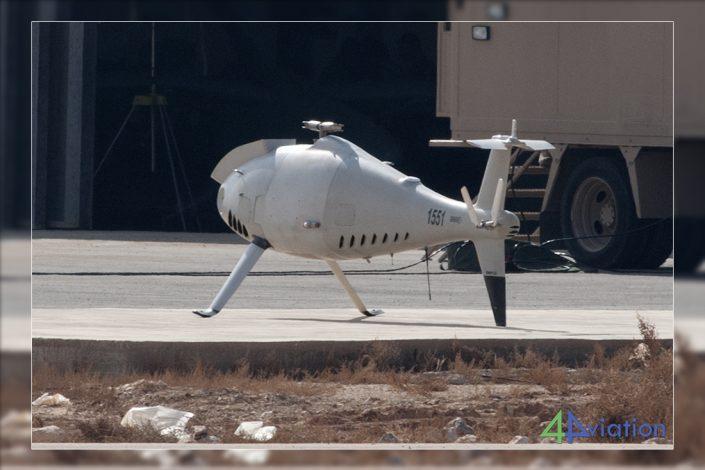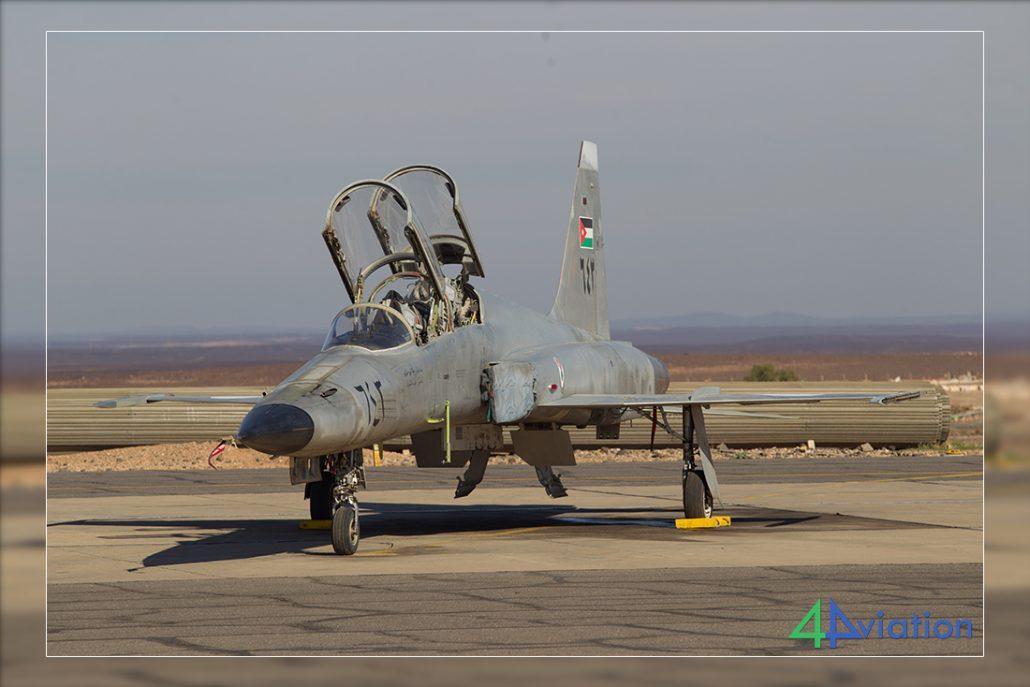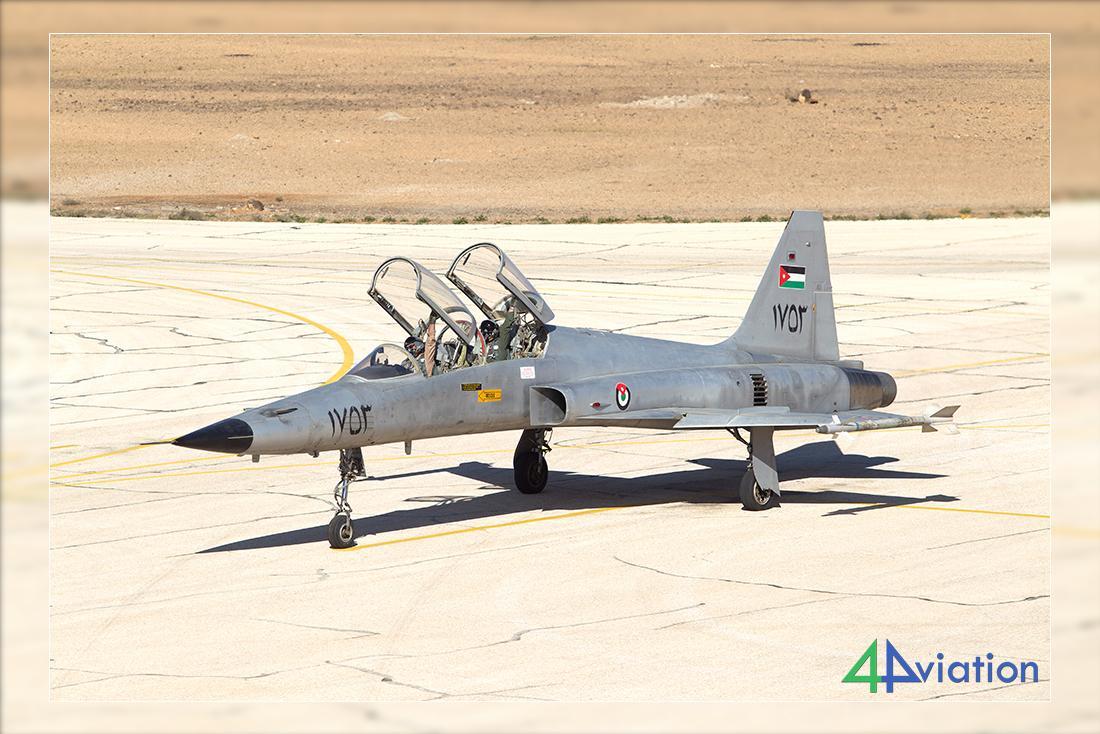Training
As a former Commander of the King Hussein College and Director of Training, the current Commander of the RJAF recognizes the value of a solid training program. “The status of the flying school at Mafraq has been recently upgraded from College level to University level, working together with nearby Al-Bayt University. This means that students can get a degree in aviation and majors like ATC and navigation starting from 1 December 2015.”
Mafraq Air Base is the main training base for the RJAF, providing basic and advanced training capabilities for all future RJAF pilots. The RJAF is also providing training for the Air Forces of Kenya, Pakistan and Turkish Air Force. This international program might be expanded in the future. Besides that, exchange programs exist with the USAF at Sheppard AFB (T-38), United Arab Emirates Air Force and with the Pakistan Air Force at Risalpur Air Base (T-37).
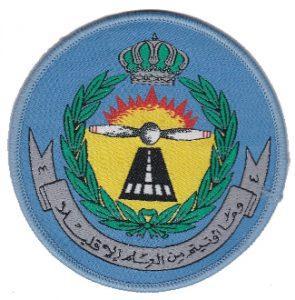 When students arrive at Mafraq they have already finished one year of academic training at the University studying avionics theory and a course in English. Pilots start out at 4 Squadron providing basic flying training on the Slingsby T67M260 Firefly, in service since 2002. Seven instructor pilots operate eleven different airframes, all sporting a white color scheme. The aircraft were upgraded to include an air conditioning system for the pilots, sand filter and electric trim and flap systems. The basics syllabus on the T67, which consists of around 24 missions, is split up into three parts; the first 10 missions are spent on basic flying techniques, followed by up to 7 missions of circuit training and landings. The last 8 missions are the most difficult for the pilots when they engage in solo flights, solo area and solo formation flights. About 20 percent of the pilots fail this first part of the syllabus, mostly when flying solo.
When students arrive at Mafraq they have already finished one year of academic training at the University studying avionics theory and a course in English. Pilots start out at 4 Squadron providing basic flying training on the Slingsby T67M260 Firefly, in service since 2002. Seven instructor pilots operate eleven different airframes, all sporting a white color scheme. The aircraft were upgraded to include an air conditioning system for the pilots, sand filter and electric trim and flap systems. The basics syllabus on the T67, which consists of around 24 missions, is split up into three parts; the first 10 missions are spent on basic flying techniques, followed by up to 7 missions of circuit training and landings. The last 8 missions are the most difficult for the pilots when they engage in solo flights, solo area and solo formation flights. About 20 percent of the pilots fail this first part of the syllabus, mostly when flying solo.
The 80 percent of the students that do make it, progress on to the Basic Handling Test (BHT) phase on the Sling
sby, which consists of around 33 missions. After this mid-term courses start to be more specific, focusing on instrument flying, night flying, formation flying and navigation. When finishing the courses on the Slingsby (totaling up to 89 missions), graduated students progress to 11 Squadron flying the Casa C101, or 5 Squadron equipped with the Robinson R44 for further training.
The Slingsby is slated for replacement and the RJAF is considering Grob G120 aircraft as their new basic training aircraft although a decision has yet to be taken about the new basic training aircraft.
Advanced flying training is performed on the Casa C101, in service since 1987. On 10 August 2015, the RJAF signed a contract for nine PC-9Ms, a simulator, training equipment and logistical services, signaling the end for the C101.The contract was later amended to nine PC-21s. Deliveries of the PC-21 will start in January 2017 and gradually will replace all C101s.
Another recent acquisition is eight Robinson R44 Raven IIs, that replaced the Hughes 500D and 500E in the helicopter training role. Delivery of the helicopter took place late 2014 and early 2015. Pilots transiting to 5 Squadron for helicopter training usually have to finish 130 hours on the type before moving on to the operational helicopter squadrons. The first course on the Robinson start
ed in August 2015.
When finishing the syllabus on the C101 (or PC-21 in the near future), fighter pilots are transferred to H5/Prince Hassan Air Base for tactical flying. 17 Squadron operates thirteen BAe Hawk Mk63s, which were bought in 2013 from the United Arab Emirates as a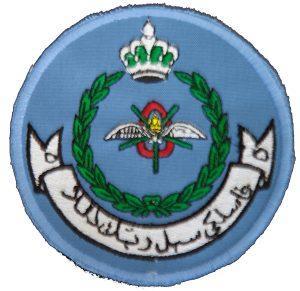 successor to the F-5. The unit is now fully operational and has eight instructor pilots teaching classes in tactical flying and also trains instructor pilots. Although expensive to operate, the pilots are very pleased with the Hawks and hope these can be upgraded wth new avionics in the years to come. They are also eying and expansion of the fleet by six more former UAE Hawk 102s. After finishing on the Hawk, fighter pilots are transferred to 2(OCU) Squadron at El-Azraq Air Base for Operation Conversion on the F-16, which lasts almost a year.
successor to the F-5. The unit is now fully operational and has eight instructor pilots teaching classes in tactical flying and also trains instructor pilots. Although expensive to operate, the pilots are very pleased with the Hawks and hope these can be upgraded wth new avionics in the years to come. They are also eying and expansion of the fleet by six more former UAE Hawk 102s. After finishing on the Hawk, fighter pilots are transferred to 2(OCU) Squadron at El-Azraq Air Base for Operation Conversion on the F-16, which lasts almost a year.
The Hawks have replaced the last Northrop F-5 Freedom Fighters, which has been in service in Jordan since the late seventies, and were retired in December 2015. In recent years eleven were sold to Brazil (2008) and 15 to Kenya (2010). US based TACAIR is now negotiating the purchase of the final batch of F-5s to operate them in the adversary role in the US.
Pilots that are selected for other types of aircraft will have their OCU training at the relevant squadron after they finish the C101 program.
Also based at Mafraq is the Flying Instructors School, using eight yellow Slingsby T67M260 and six AS350B3s for their goals. This school was founded in 2013 to train future instructor pilots for the RJAF. The yellow T67s were delivered by Swift Aircraft from the UK in 2011 (former Babcock Defence Services aircraft, providing training for the RAF) and lack the aforementioned sand filters, air conditioning and electrical trim & flap.
Transport
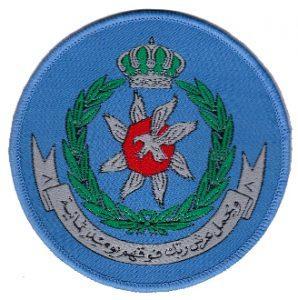 All transport assets are concentrated at Marka Air Base near the capitol Amman. Over the years, twelve C-130s were delivered to the RJAF, of which four C-130Es and three C-130Hs are still in use with 3 Squadron. Most recent additions were three former USAF C-130Es that joined the RJAF in 2012. In March 2016, the RJAF will enter a bidding process for several C-130J Mk5s, which are being faced out by the Royal Air Force. Depending on the outcome the RJAF will either buy these or upgrade the existing fleet of C-130s. The Airbus A400 has been quoted as an addition to transport fleet by several media, but according to the RJAF Commander the C-130J is the main goal.
All transport assets are concentrated at Marka Air Base near the capitol Amman. Over the years, twelve C-130s were delivered to the RJAF, of which four C-130Es and three C-130Hs are still in use with 3 Squadron. Most recent additions were three former USAF C-130Es that joined the RJAF in 2012. In March 2016, the RJAF will enter a bidding process for several C-130J Mk5s, which are being faced out by the Royal Air Force. Depending on the outcome the RJAF will either buy these or upgrade the existing fleet of C-130s. The Airbus A400 has been quoted as an addition to transport fleet by several media, but according to the RJAF Commander the C-130J is the main goal.
Two more recent acquisitions are a single PZL M28 Airtruck that is most likely used for the Special Forces due to its sturdy design and short takeoff and landing capabilities. The aircraft was delivered in December 2014. In cooperation with Jordan International Air Cargo (JIAC) the RJAF is operating two Ilyushin IL-76MF aircraft. These capable aircraft are used for long-range transport and humanitarian missions.
3 Squadron used to operate two CN235s and two C295s. The first two were rebuilt to the AC235 gunship variant in a February 2011 contract by the King Abdullah II Design and Development Bureau (KADBB) in cooperation with Airbus Military and ATK. Modifications involved installation of an electro-optical targeting system, a laser designator, aircraft self-protection equipment, a synthetic aperture radar and a diverse armament capability offering sustained and accurate firepower in multiple scenarios using Hellfire laser-guided missiles, 2.75in rockets, and a side-mounted M230 link-fed 30mm chain gun. A contract to convert one of the latter C295 to undergo a similar modification was signed in June 2014. Lessons learned from the AC235 modification, including the current experience of operating over Yemen, will also be incorporated. With the new AC295, the RJAF will have a gunship with an endurance of over nine hours. These gunships were re-assigned to the Special Operations Command (SOCOM). The An-32B used by SOCOM has become obsolete and has been offered for sale and is currently in storage at Marka.
7 Squadron operates ten Eurocopter AS332M1 Super Pumas in several roles, including transport, Search & Rescue and VIP transport. 8 Squadron has ceased flying the UH-1H although a few were still seen operational in November 2015. Although in service for just ten years, the ten Eurocopter EC635T1s flying with 14 squadron will be gradually phased out. Finally, 15 Squadron will continue to use eight Cessna Ce208B Caravans.
Attack Helicopters & Quick Reaction Force
With a new reality surrounding Jordan’s borders, a new concept for protecting these borders had to be developed. Starting from 2014, the RJAF has been working on a Quick Reaction Force (QRF) concept, linking the existing Black Hawk fleet to the AH-1 and AT802 fleet. By doing so, the RJAF might end up with as much as 24 UH-60 Blackhawks. Currently 16 are in service of several variants, S-70A-11, UH-60A, UH-60L and UH-60M. The latter are in use with the Royal Flight. As said, this will also mean the EC635 helicopters will be withdrawn from use within the foreseeable future, as these helicopters are not suited for the new QRF in terms of payload and performance. The Black Hawks are based at both Marka and King Abdullah II Air Base (flying with SOCOM).
The RJAF operates 36 AH-1 Cobras in different versions. Originally 24 new AH-1Ss were bought from the US, these were supplemented by nine second hand AH-1Fs in 2001. In 2012 eight from the original batch were sold to Pakistan and in 2014 Israel supplied Jordan with 16 Cobras of which some are in use for spares. Currently, six helicopters are in the USA undergoing upgrades, enabling the platform to carry and launch AGM-114 Hellfires and other guided missiles. The RJAF is expecting the first two helicopters to delivered back to Jordan by July 2016. After that, the rest of the fleet will be upgraded.
Also based at King Abdullah II Air Base are six AT-802U Block 1 Air Tractors operated by 25 squadron. These were donated by the United Arab Emirates in 2013. This type is not yet operational as pilots are currently being trained to achieve operational status. Four more, diverted from a cancelled Yemen contract, were ordered on 27 September 2015. These latter will be upgraded to something similar like the Block 3 “Archangel”-variant. After delivery of these four the original six will be send to the US for similar upgrades. The AT-802U is a two seat aircraft, with state of the art avionics, 11 hard points for 8000-pound ordnance and ten-hour endurance, ideally suited for patrolling the Jordan borders.
Fighters
Following the retirement of most of the RJAF’s F-5s, Al Jafr Air Base was closed and all remaining F-5s were transferred to H5 Air Base. At the same time, F-16 operations were consolidated at El-Azraq Air Base. The RJAF has three operational F-16 squadrons: 1 Squadron, 6 Squadron and the Operational Conversion Unit: 2 Squadron.
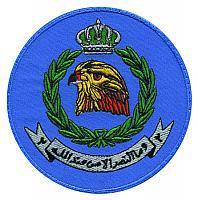 Currently the RJAF has 43 F-16s but will receive 15 more from Netherlands. Before delivery, probably around the end of 2016, the Dutch F-16s will be upgraded to M6.5 standard (pending US Government approval). Included in the deal is the delivery of 52 Maverick air-to-ground missiles. After delivery, the RJAF will phase out some older F-16s, leaving three squadrons equipped with F-16AMs and F-16BMs. Pakistan, already equipped with older F-16 ADFs from Jordan, is interested in purchasing the surplus F-16s, as well as one European and one South American country. All remaining F-16s will be updated to M6.5 standard as well. Besides that, the RJAF will acquire Sniper Pods and JDAMS to enhance their battlefield capabilities.
Currently the RJAF has 43 F-16s but will receive 15 more from Netherlands. Before delivery, probably around the end of 2016, the Dutch F-16s will be upgraded to M6.5 standard (pending US Government approval). Included in the deal is the delivery of 52 Maverick air-to-ground missiles. After delivery, the RJAF will phase out some older F-16s, leaving three squadrons equipped with F-16AMs and F-16BMs. Pakistan, already equipped with older F-16 ADFs from Jordan, is interested in purchasing the surplus F-16s, as well as one European and one South American country. All remaining F-16s will be updated to M6.5 standard as well. Besides that, the RJAF will acquire Sniper Pods and JDAMS to enhance their battlefield capabilities.
UAV
As with many Air forces, the RJAF has assigned some task to UAVs and currently operates several types. The Jordanian Air force currently operates the twelve Schiebel Camcopter S-100 and four Selex ES Falco EVO UAV. The Italian Air Force is currently working on an armed version of the Falco EVO (Falco Eagle), which has also attracted the interest of Jordan. Starting from January 2016 it will receive an unknown number of China Aerospace Science and Technology Corporation (CASC) CH-4Bs. This type is the Chinese equivalent to the MQ-1 Predator and is able to carry a reconnaissance system with provisions for six weapons and a payload of up to 250 to 345 kg. A former F-5 unit, 9 Squadron, from two newly built hangars at King Abdullah II Air Base, operates all these.
Operations
Over the last years, the RJAF has become heavily informed in the battle against ISIS. The Commander is very clear when it comes to the goal of the operation “We believe the threat is here, not only in the region but in the whole world. Our forces are committed to defeat ISIS and will fight until the last drop of fuel, the last bullet”.
With the Combines Air Operation Center (CAOC) based in Qatar, a Jordan liaison officer coordinates all missions in the region. This can be either daily Close Air Support (CAS) mission over Yemen (four F-16s and an AC235 are assigned to this mission), as well as strike missions over Iraq and Syria. Main area of operation is the Syrian-Iraqi border and Raqqa. The RJAF is currently the only Arab country actually involved in missions over Iraq and Syria and has been supported by the Allied forces for air-to-air refueling. A very much-needed assistance as missions tend to be long due to intense collateral damage assessments before the actual strikes.
“At the start of the campaign against ISIS, the RJAF flew 20 missions a day for 3 consecutive days. After battle damage assessment, it showed that all targets where hit according to plan. But the biggest success of the campaign has been the moral of the personnel” tells Major General Mansour S. Aljobour. Since the start of the campaign, the RJAF has flown over 1100 hours in support of the fight against ISIS.
With the new type of operations, a new type of exercise is also needed. The RJAF recently participated in a proven US Exercise (Red Flag 2015-04) with 5 F-16s and pilots returning from this exercise praised the variety of scenarios trained and the flexibility of the Red Flag operations to adapt the scenarios to the current real world threats. Support for the exercise was provided by the IDF-AF providing air-to-air refueling capabilities and the United Arab Emirates Air Force supporting with transport aircraft. The RJAF is currently investigating a renewed participation, in 2016 or 2017.

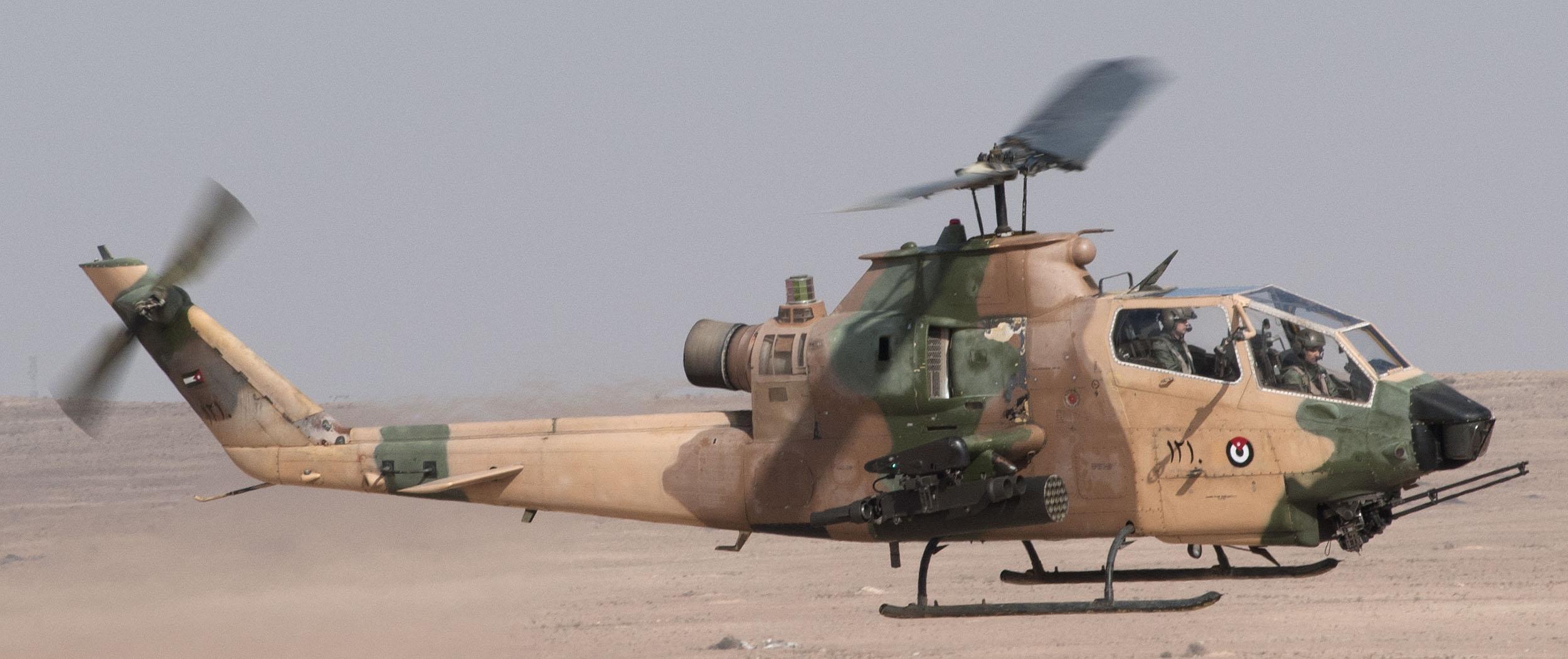
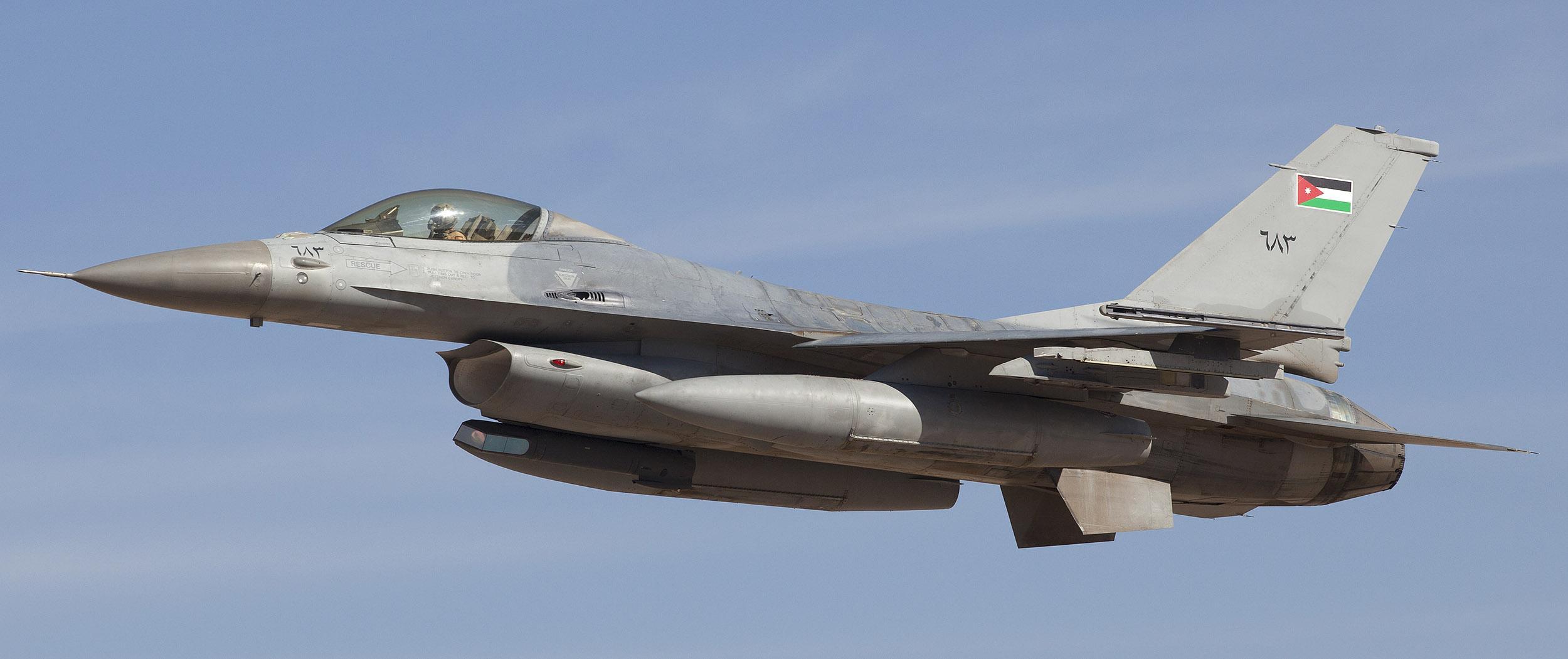
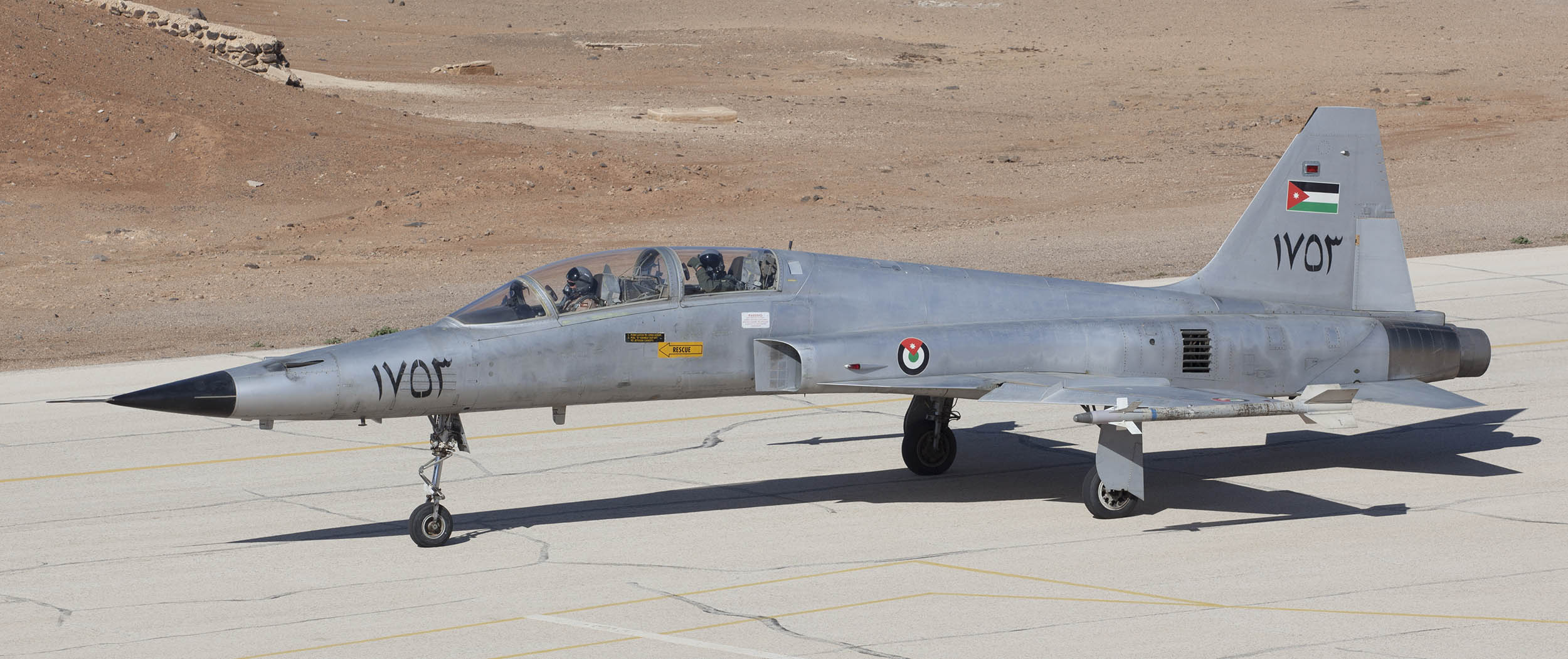
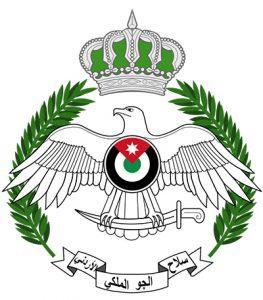 On 25 September 1955, the Royal Jordanian Air Force (RJAF) was established as a successor to the Arab Legion Air Force (ALAF) founded in 1950. King Hussein saw the need for a more modern Air Force and established the RJAF, taking over the light aircraft from the ALAF and a squadron of Vampires donated by the United Kingdom. Now, 60 years after the first steps of the RJAF, it recognizes the need for a potent and professional air force. It is therefore always in the process of modernizing and adapting to current standards and threats. With several procurement programs underway, we catch up with the Commander the of the Air Force, Major General Mansour S. Aljobour.
On 25 September 1955, the Royal Jordanian Air Force (RJAF) was established as a successor to the Arab Legion Air Force (ALAF) founded in 1950. King Hussein saw the need for a more modern Air Force and established the RJAF, taking over the light aircraft from the ALAF and a squadron of Vampires donated by the United Kingdom. Now, 60 years after the first steps of the RJAF, it recognizes the need for a potent and professional air force. It is therefore always in the process of modernizing and adapting to current standards and threats. With several procurement programs underway, we catch up with the Commander the of the Air Force, Major General Mansour S. Aljobour.